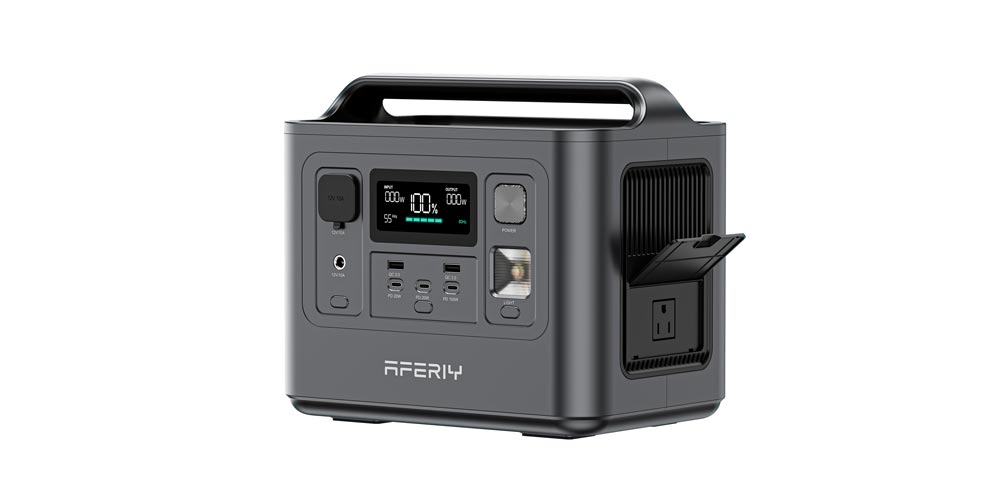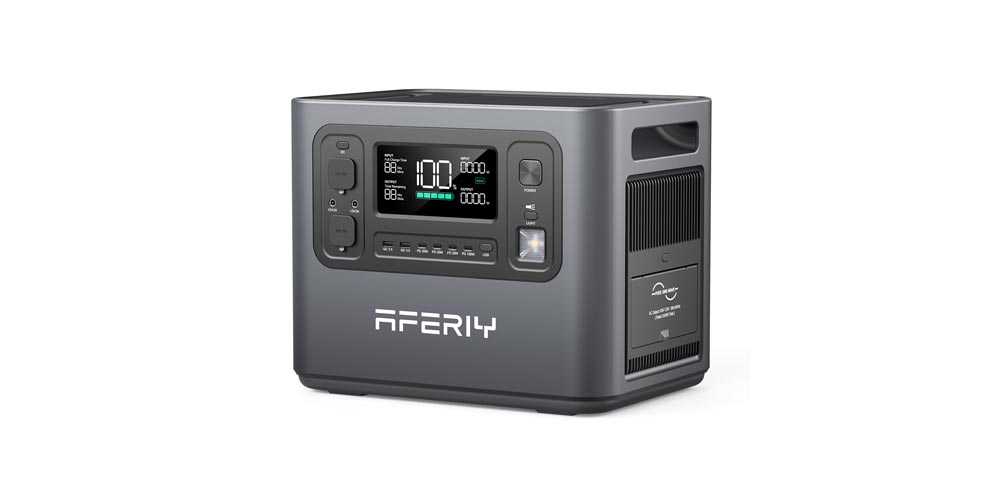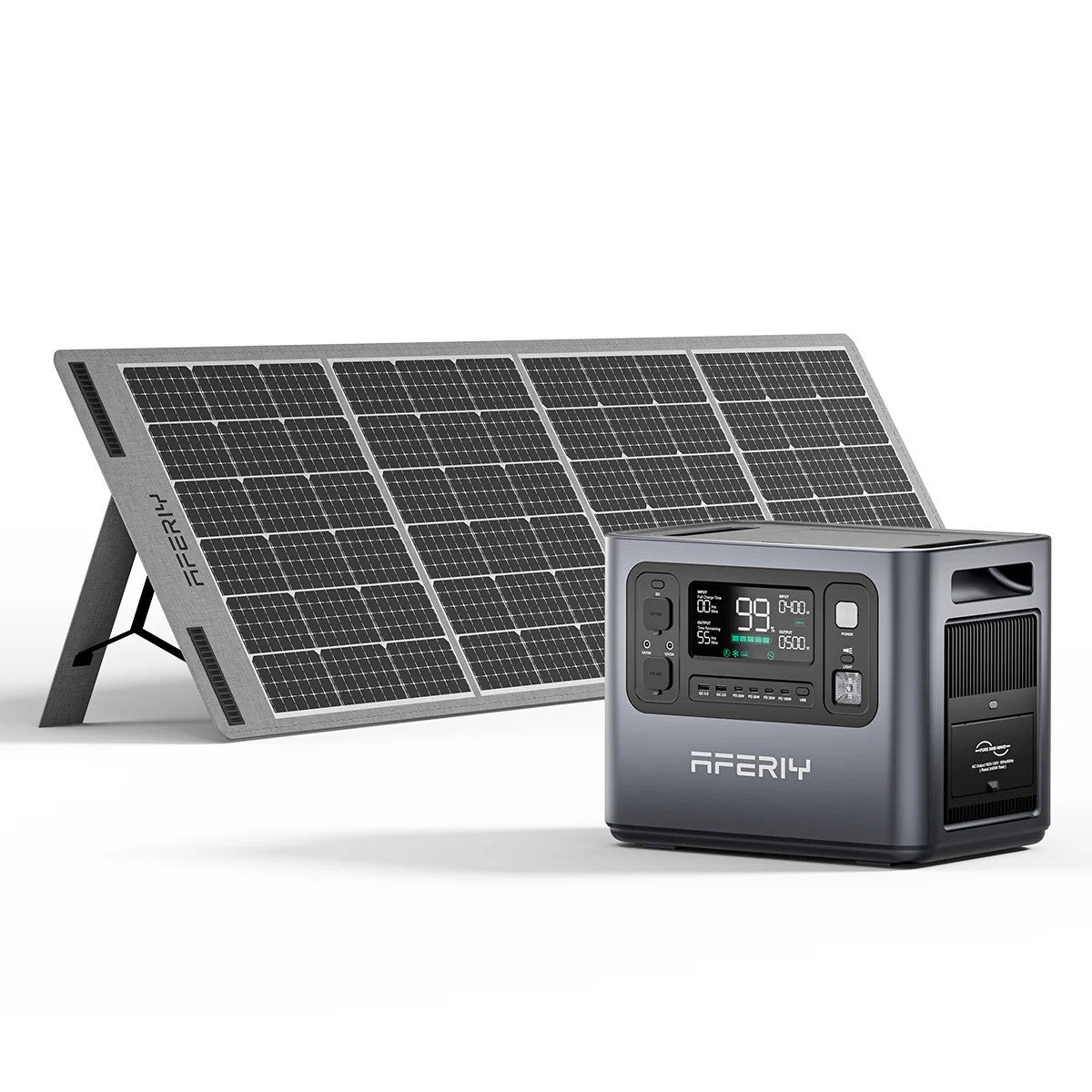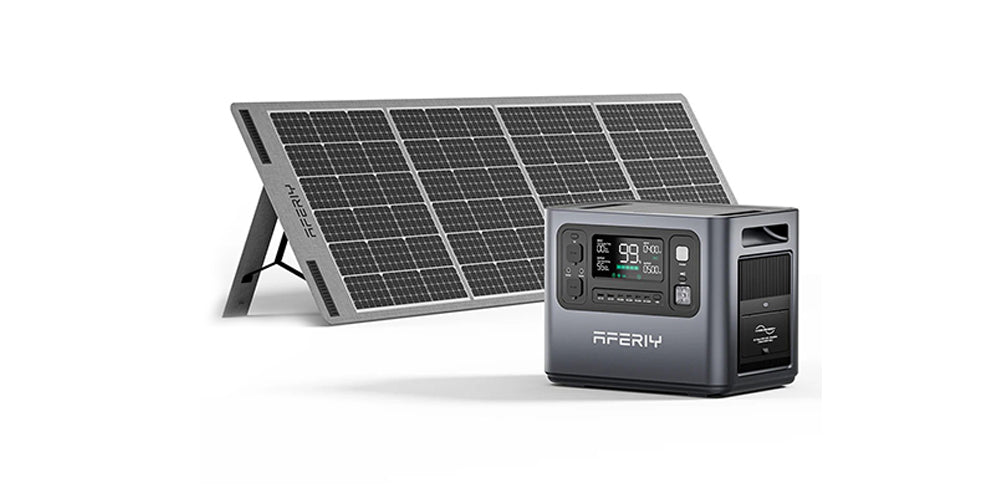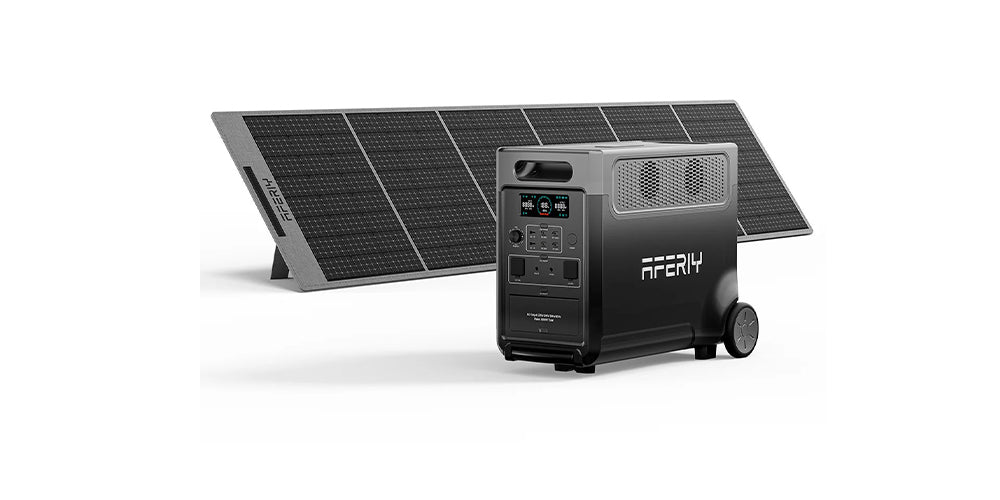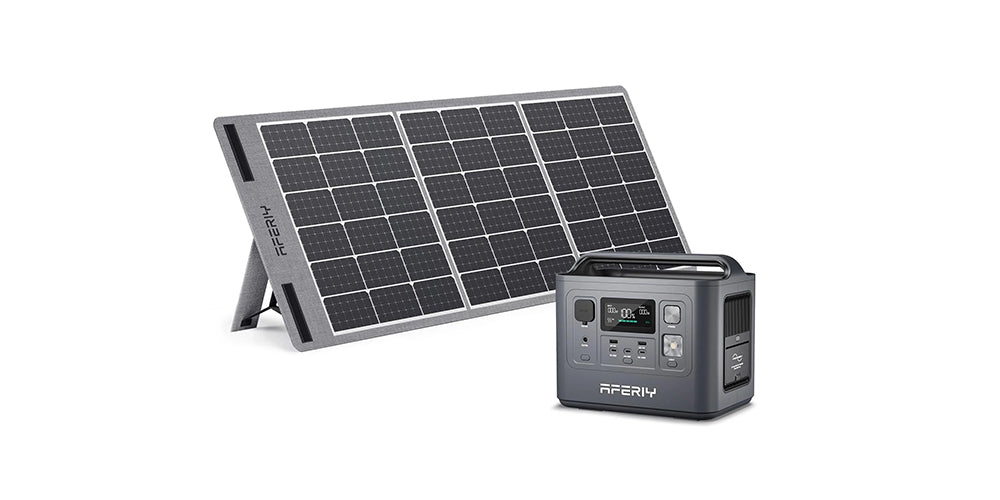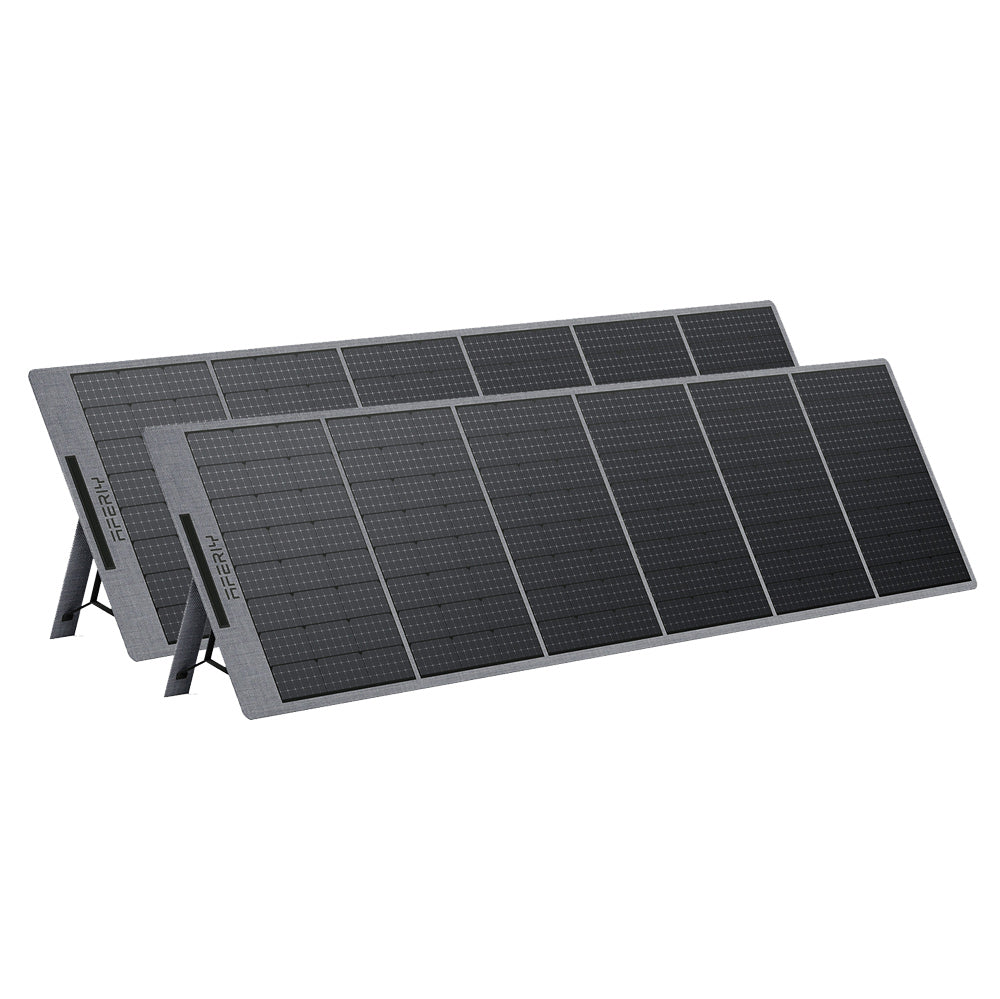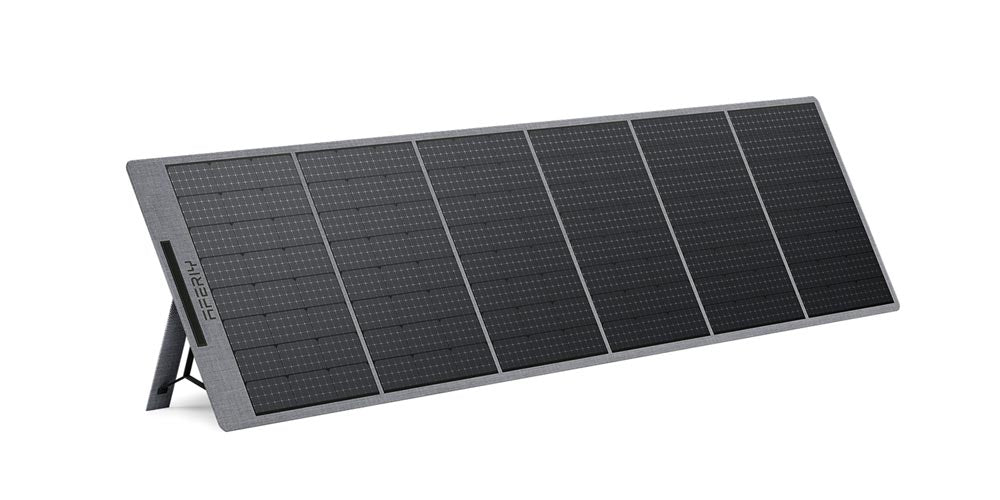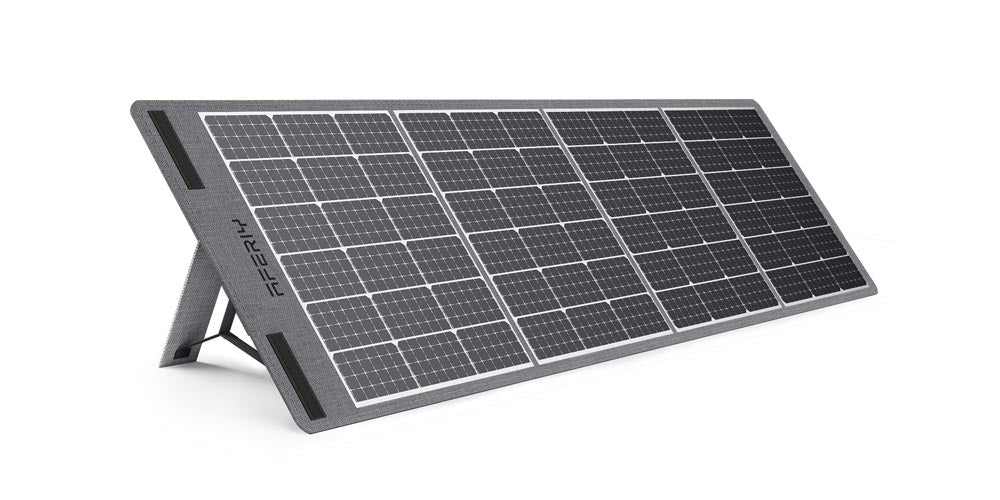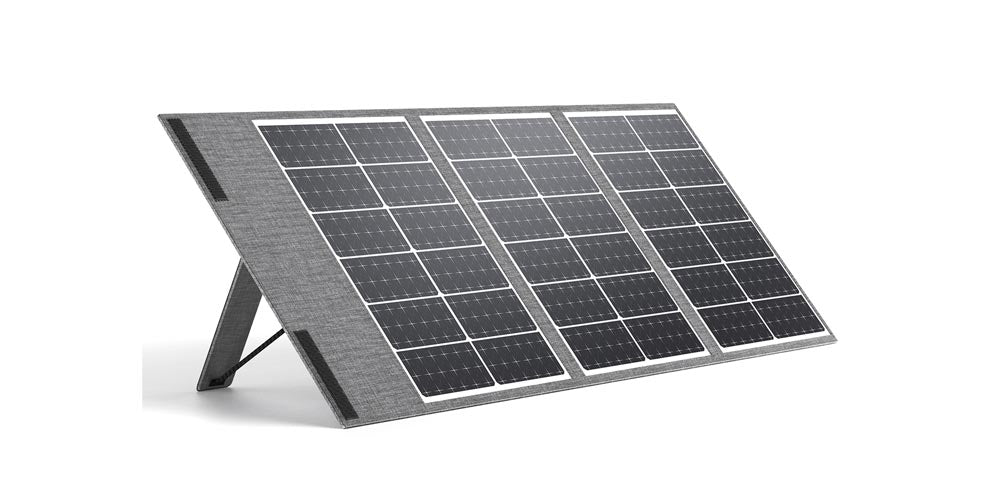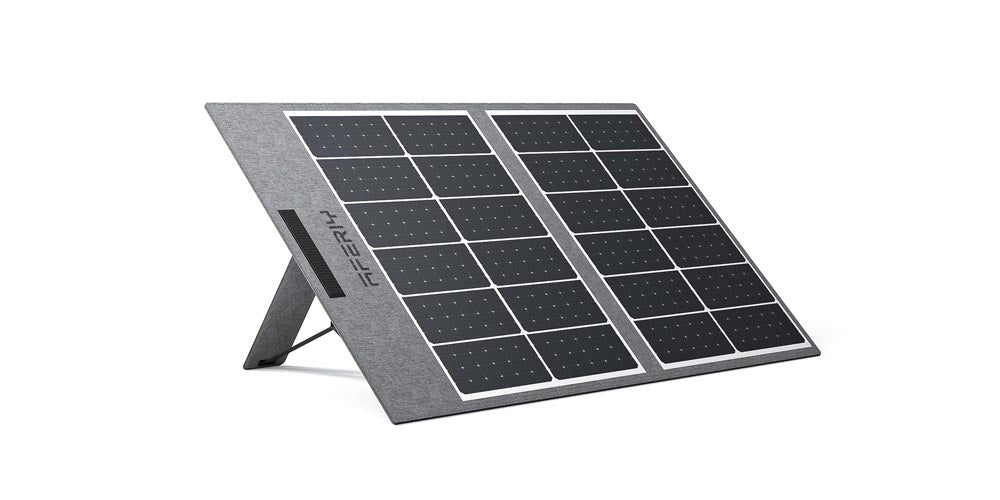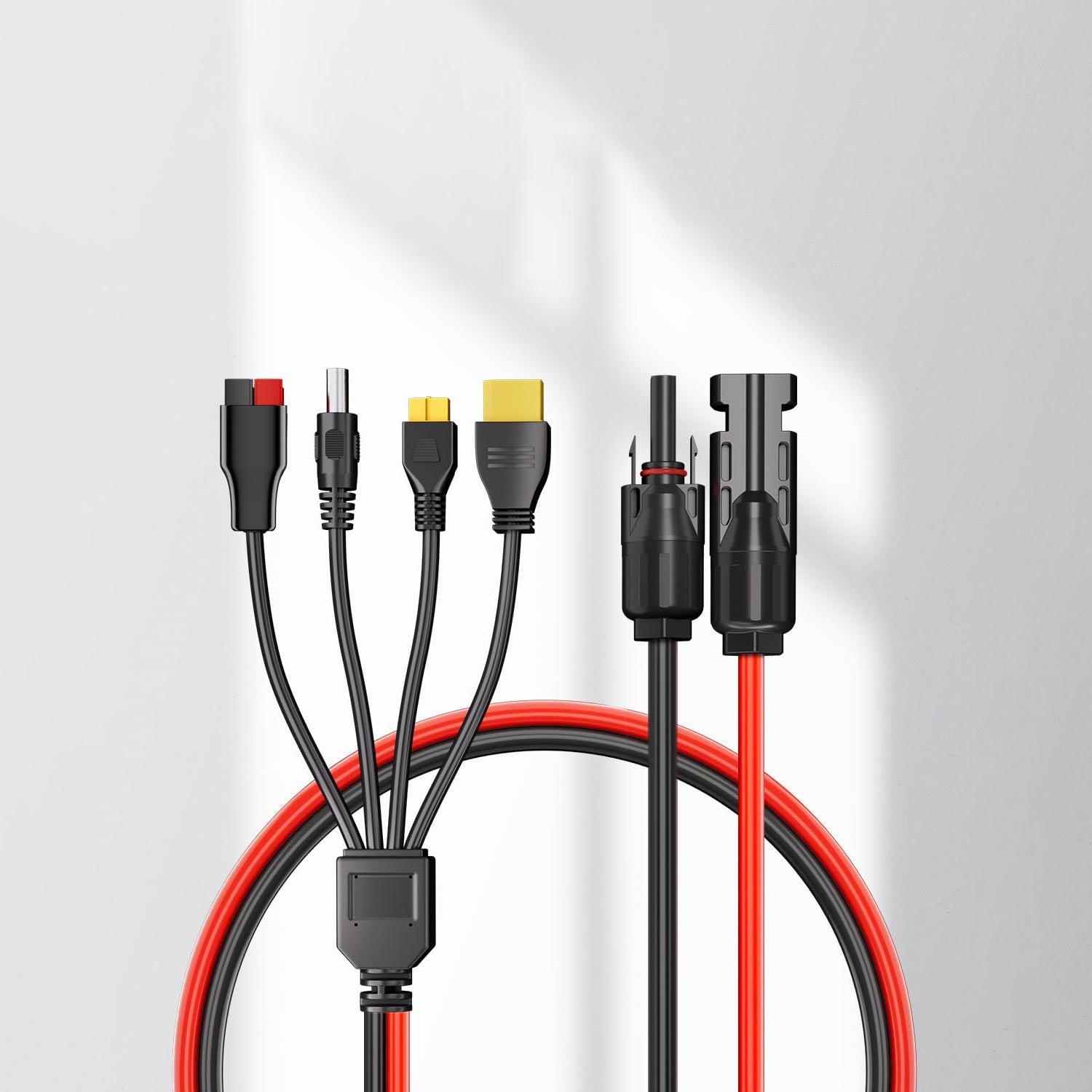What is the fridge energy consumption per month?
Monitoring the electricity usage of your home appliances is essential for controlling your energy bills. Among all household devices, the fridge is one of the most energy-intensive, running 24/7 all year round. For example, a fridge with an energy rating of A consumes significantly less than one rated E, which can lead to noticeable savings on your annual electricity bill. By understanding your refrigerator’s daily energy usage, you can adjust your habits and make long-term savings — while reducing your carbon footprint.
How Much Electricity Does a Fridge Use Each Day?
If you’re planning to buy a new fridge, one of the most common questions is: how much electricity does it use per day? With electricity prices on the rise across the UK, this is a more important question than ever.
On average, a fridge uses between 0.5 and 2 kWh per day, which amounts to roughly 200 to 800 kWh per year. However, actual consumption can vary depending on several factors, including energy rating, fridge size, model type, and whether it includes a freezer compartment or features like ice dispensers.
Tip: The energy label shows estimated annual consumption in kilowatt-hours (kWh). Multiply this by your electricity rate (around £0.30 per kWh as of 2025) to estimate how much the fridge costs to run per year.
Energy Use by Rating: A, B, E, F
Energy consumption depends not only on the energy rating but also on the type and volume of the fridge. For example, a small table-top fridge with an A rating can use several times less electricity than a large American-style F-rated model.
Here’s a helpful table summarising average annual consumption by fridge type and energy rating:
| Type of Fridge | Class A | Class B | Class E | Class F |
|---|---|---|---|---|
| Table-top fridge (≤150L) | 90–110 kWh | 110–130 kWh | 180–220 kWh | 220–260 kWh |
| Single-door fridge with freezer | 100–130 kWh | 130–150 kWh | 200–260 kWh | 260–300 kWh |
| Fridge-freezer combo (200–300L) | 110–150 kWh | 150–180 kWh | 240–300 kWh | 300–350 kWh |
| American-style fridge (≥350L) | 150–200 kWh | 200–250 kWh | 320–400 kWh | 400–500+ kWh |
| Upright freezer | 130–160 kWh | 160–190 kWh | 250–320 kWh | 320–400 kWh |
| Chest freezer | 100–130 kWh | 130–160 kWh | 220–280 kWh | 280–350 kWh |
Important: Older fridges, poor temperature settings, frequent door openings, and warm room temperatures can also increase consumption.
How Much Does It Cost to Run a Fridge Each Year?
Assuming a UK electricity tariff of £0.22 to £0.30 per kWh, here’s an estimate of what different types of fridges cost per year depending on their energy rating:
| Type of Fridge | Class A (£) | Class B (£) | Class E (£) | Class F (£) |
|---|---|---|---|---|
| Table-top fridge | £19.8–£33 | £28.6–£39 | £48–£66 | £61–£78 |
| Single-door fridge | £22–£39 | £33–£45 | £55–£78 | £66–£90 |
| Fridge-freezer combo | £24–£45 | £39–£54 | £66–£90 | £77–£105 |
| American-style fridge | £33–£60 | £44–£75 | £70–£105 | £88–£150+ |
| Upright freezer | £28.6–£48 | £35–£57 | £55–£96 | £70–£120 |
| Chest freezer | £22–£39 | £28.6–£48 | £48–£78 | £61–£105 |
Clearly, choosing an energy-efficient appliance can significantly reduce your long-term energy costs.
How to Reduce Your Fridge’s Electricity Usage
Here are some simple ways to reduce your fridge's energy consumption:
Don’t place your fridge near an oven or in direct sunlight
Defrost the freezer regularly
Set your fridge to 4°C and freezer to -18°C
Let hot food cool down before placing it in the fridge
Maintain door seals and clean them regularly
Power Your Fridge with Solar Energy: Go Off-Grid
Did you know your fridge can represent 10–15% of your total electricity consumption?
To cut your energy bills even more, consider switching to an off-grid solar generator — a sustainable and cost-effective solution for running essential appliances.
3 Key Benefits:
- Fully autonomous solar power
- Built-in battery storage
- Eligible for UK government grants or green incentives
Recommended Kits:
- 1200W Kit: Perfect for powering a fridge and lights
- 3600W Kit: Suitable for multiple devices (TVs, routers, kettle, etc.)
Real savings: Up to £60/month with the 3600W kit
10-year warranty on all products
The Environmental Impact of Energy-Hungry Fridges
Energy-inefficient fridges are not only expensive to run — they also contribute more heavily to carbon emissions. Every kilowatt-hour used adds to your carbon footprint, especially if your electricity comes from non-renewable sources.
Choosing a fridge with an A rating can cut your CO2 output and support the UK’s transition to cleaner energy.
Are There Grants to Help You Buy an Efficient Fridge?
In the UK, there are several schemes that can help lower-income households replace old appliances:
- Local council energy efficiency grants
- Manufacturer trade-in deals
- Eco4 Scheme (for those on benefits or in low-income homes)
Check with your local council or energy provider to see what’s available in your area.
How to Choose the Right Fridge for Your Needs
Choosing the right fridge goes beyond price or brand — here’s what to look for:
1. Capacity
- 100–150 litres per person is a good rule of thumb
- Households with 3–5 people usually need 300–500L
- Consider your grocery habits and family size
Household Size Recommended Volume
| Household Size | Recommended Volume |
|---|---|
| 1–2 people | 250–380 L |
| 3–4 people | 350–530 L |
| 5+ people | 440 L and up |
2. Energy Performance
- Choose a fridge with an A rating (class A fridge) for long-term savings
- Avoid class E or F fridges, which are costly to run
- Compare fridge class A or B for best value
3. Fridge Type
Table-top: Ideal for compact kitchens or second fridges
Fridge-freezer combo: Most common type in UK homes
American-style: Stylish but higher consumption (watch out for daily fridge power usage)
4. Design and Integration
Choose colours (white, silver, black) to match your kitchen style
Built-in or freestanding models available
5. Environmental Impact and Running Costs
Check the energy label carefully
Prefer fridges using eco-friendly refrigerants
Calculate 10-year running cost (fridge class B usage vs class A)
Tip: A modern A+++ fridge can use up to 60% less electricity than an older model, saving hundreds over its lifespan.
FAQ
Does a class E fridge use a lot of electricity?
Yes. Class E fridges typically consume 2 to 3 times more electricity than class A models.
Which energy rating should I choose for a fridge?
Aim for class A. Classes B and C are acceptable, but D to G should be avoided if possible.
Are class F fridges inefficient?
Yes — they are among the least efficient on the market and should be avoided for daily use.
Conclusion
The energy rating of your fridge directly impacts both your electricity bill and your environmental footprint. In today’s context of rising prices and ecological responsibility, choosing a high-performance fridge is a wise investment. Opting for a class A or B model offers long-term savings, efficiency, and peace of mind for your wallet and the planet.



